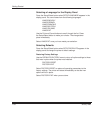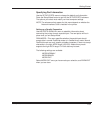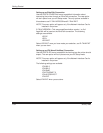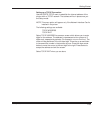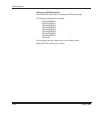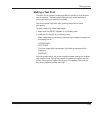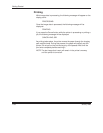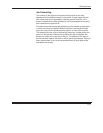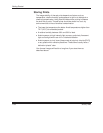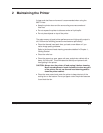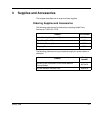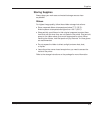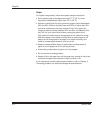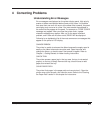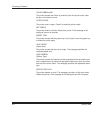
Getting Started
1–38
January 1998
Storing Prints
The image stability of thermal prints depends on factors such as
temperature, relative humidity, and exposure to light or to biological or
chemical contaminates. Using XtraLife ribbon when printing increases
the shelf life of prints. Thermal prints should be stored in a cool, dry
environment that is free of chemical contamination.
D The lower the temperature the better. Avoid temperatures higher than
72_F (25_C) for extended periods.
D A relative humidity between 30% and 50% is ideal.
D Avoid exposure to high-intensity light sources, particularly florescent
light and sunlight which are rich in ultraviolet radiation.
D Avoid exposure to vinyl items (those made of polyvinyl chloride [PVC])
or any plastic which contains plasticizer. These items usually have a
distinctive “plastic” odor.
Your thermal images will last for a long time if you store them as
described above.



